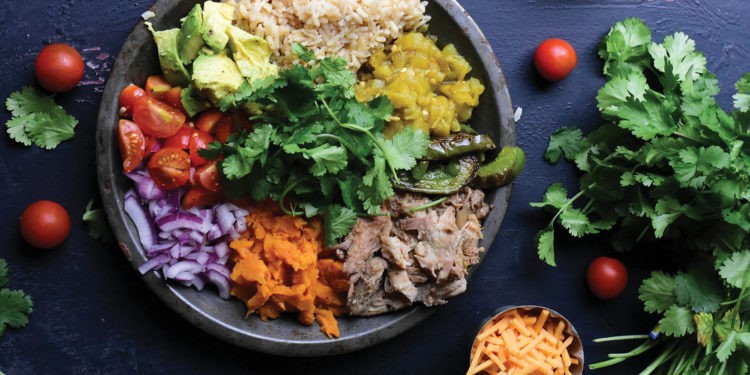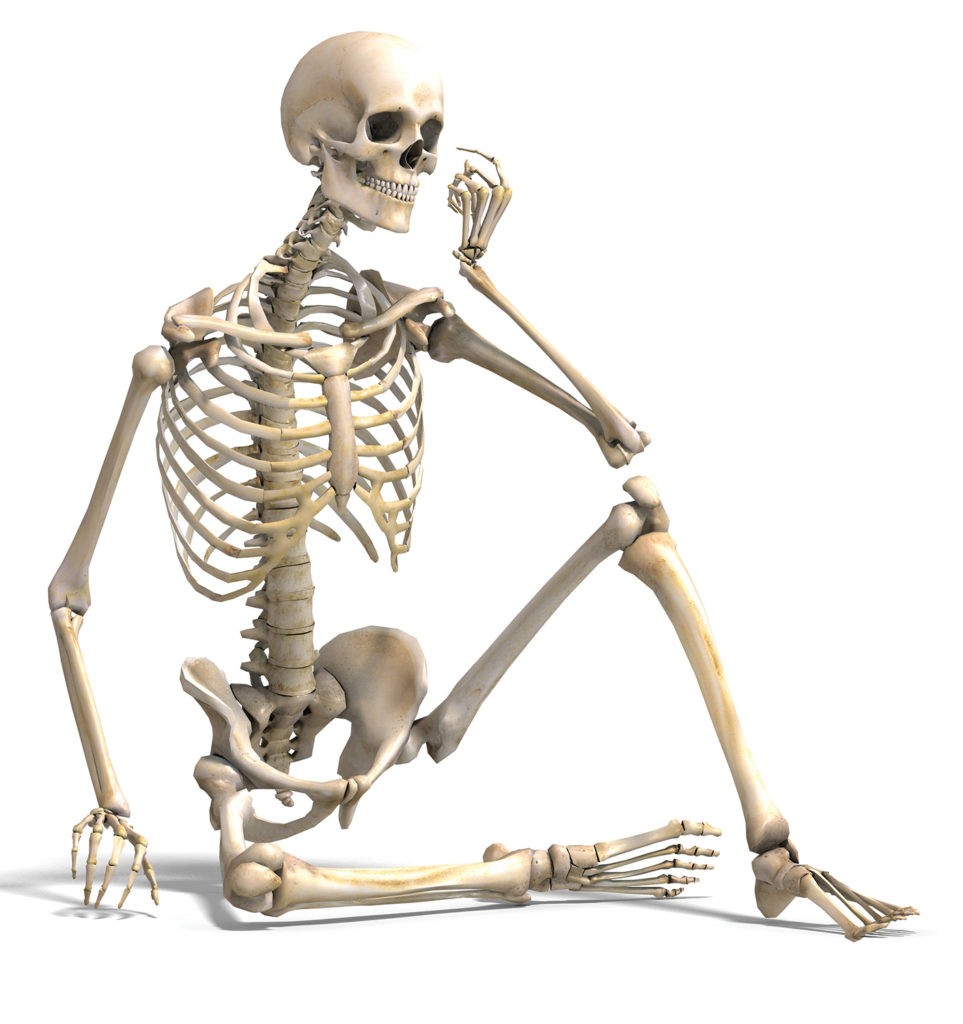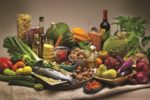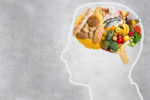Building Better Bones

You have 206 bones in your body.
While you may not give them much thought while you go about your day, are you doing what you can to take care of them?
Throughout your life, it is important to keep your bone health in check. When you are young, you might think you are in great shape and really don’t need to worry about the strength and density of your bones. However, the choices you make when you are young can make a significant difference later in life. Ensuring good bone health no matter what one’s age is a highly integral aspect of your overall health and well-being.
What is it about our bones?
They are literally quite amazing. Sure, they are hard, but they are also flexible. They don’t weigh much, but they sure can be tough. Can you even imagine your body without bones? They create the structure that supports us. The outer layer of bones are made of a hard material that is honeycombed with tunnels. These tunnels are the avenues through which nutrients and waste pass. Collagen is what gives your bones their elasticity, and calcium salts are what make bones hard. It is truly a team effort on your body’s part. However, when you sustain a bruise or a cut, you are aware of the injury to your body. When it comes to weakened bones, though, the deterioration is not visible, and, in some instances, not even painful. While osteoporosis typically happens to older people, the younger generation is not immune. Weak bones are a problem in teenagers and even younger children.
Fortunately, there are a variety of ways to build healthy bones, and a lot of it has to do with what you eat.
Load up on the vegetables and leafy greens.
Once you reach age 30, your bones have achieved their peak mass. If you have not created enough bone mass during the time leading up to this age, you may have an increased risk of developing fragile bones later in life.
If anyone has ever told you to “eat your veggies,” that person had some sound advice to offer. Vegetables are great sources of nutrition for your bones, as they are one of the best sources of vitamin C, which is responsible for stimulating the production of bone-forming cells. Further, some studies have suggested the antioxidant effects of vitamin C may protect bone cells from damage. Vegetables can also increase bone mineral density. When you have low bone density, you are more likely to develop osteoporosis, also known as brittle bones.

Salads and steamed greens are loaded with the bone-building nutrients needed: calcium, magnesium and vitamin K. We need vitamin K to help form bone proteins. When you have too little of this vitamin, you increase our chances of hip fractures. To get the recommended 90 micrograms needed per day, all it takes is just one cup of cooked greens. It’s easy to do, too. Add lettuce to your sandwiches; put some spinach leaves between layers of noodles in homemade lasagna. Add a spinach salad or mixed greens to your dinner.
Bean there, done that!
If you eat beans, whether pinto, black, white or kidney, you’ll get a boost of magnesium and some calcium, plus you can reduce your risk of cancer, heart disease and obesity. It’s easy to add beans to your diet, too. Mix a can into your favorite vegetable soup. Add some black beans or kidney beans to a pasta salad. Take a bean salad to a summer picnic instead of a potato salad.
Dive into the protein.
You are what you eat, and roughly 50% of bone is made of protein. Are you getting enough? Researchers have discovered that low protein intake can decrease calcium absorption and may affect the rate of bone formation and breakdown. Some delicious high protein foods include eggs, pumpkin seeds, quinoa, almonds, chicken breast, oats, Greek yogurt, tuna, cottage cheese and milk.
Enjoy high calcium food.
The most important mineral for bone health is calcium, as it is the main mineral found in your bones. Ideally, you should spread your calcium intake throughout the day and include one high-calcium food at each meal. Types of high calcium foods include broccoli, kale, figs, oranges, salmon, sardines, yogurt, mozzarella, and milk (skim, low-fat or whole).
Add some sweat equity.
In addition to improving your diet, be sure to incorporate at least a half an hour of physical activity into each day. When you move your body through running, walking, dancing or weight lifting, for example, it signals your body to produce more bone cells.
Before undertaking any new diet or fitness plan, however, it is best to discuss this with your doctor or primary care provider to determine the best course of action tailored uniquely to you, your lifestyle and your overall health status.
Sources: health.com, healthline.com, ncbi.nim.nih.gov, sciencenewsforstudents.org and everydayhealth.com.






